Here Is A Guide To Chimney Cleaning Logs
You’ve probably noticed creosote building up in your flue if you have a chimney and maybe even had it cleaned a few times. Creosote buildup can lead to chimney fires that can endanger your home and your family. A popular method to get rid of creosote buildup is using chimney cleaning logs.
Here we will discuss what chimney cleaning logs are, how they function, and why they are necessary.
Before we discuss how cleaning logs function, let us understand how creosote finds its way onto the walls of your flue. Two circumstances may lead to a creosote buildup:
- Burning green wood that isn’t dry: As a result of burning green wood, the fire will not reach the necessary temperatures and, as such, will not get hot enough. Hence, condensation will begin to occur, and the smoke will turn to creosote that will stick to the walls of your chimney.
- A problem with the airflow: If the ventilation system of your chimney stops working, condensation will occur, and any smoke present will turn to creosote that will cling to your chimney.
You should call professional chimney sweeps every eight to ten months to have your chimney cleaned. However, during the period between two cleaning sessions; a lot of creosote can pile up on the walls of the flue. This is mainly the reason that cleaning logs are used. You simply need to place the log within your firebox and burn it. As the log slowly begins to burn, the creosote stuck on the flue walls will loosen and fall.
Using cleaning logs eliminate your need to inspect your chimney regularly.
Now that we have discussed how cleaning logs function, let us discuss why cleaning logs are necessary for the safety of your chimney. There are three stages to a creosote buildup. In the beginning; there will be small black pieces of creosote on the walls of your flue, and you can simply brush the pieces and throw them away.
Afterward, the pieces will turn into a thick liquid. At this point; you will need to call in experts who can remove the creosote without causing any damage to your chimney.
The creosote will turn into a glaze during the last stage and spread throughout your chimney. You will have no other option than to replace the chimney liner completely.
Using chimney logs can help stop the creosote buildup during the first stage. However, once the creosote begins to fall, you will need to clean the firebox to completely remove the creosote from your chimney.
Here are a few steps you can take to keep your chimney safe:
- You should burn dry wood that does not cause creosote buildup and never use green wood.
- Avoid using household cleaning products to clean your chimney or firebox.
- Clean your firebox and remove ashes and fire debris regularly.
- Avoid dousing your fire with water.
- Wait for at least 12-15 hours after you have extinguished a fire before you begin to clean your firebox.
While chimney cleaning logs are essential, you must have your chimney cleaned regularly. If you have found a creosote buildup in your chimney, Brushers Chimneys is here to assist you. You can call us at (346) 258-3497.


